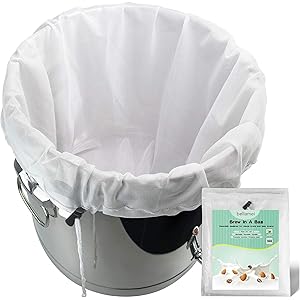Understanding Flocculants
Flocculants are chemical agents used to promote the clumping of particles in liquids, facilitating the removal of suspended solids. They are commonly utilized in various industries, including water treatment, mining, and food processing. The effectiveness of flocculants is contingent upon their correct application, and using too much can lead to adverse effects.
Effects of Overusing Flocculants
When excessive amounts of flocculant are introduced into a system, it can lead to a phenomenon known as over-flocculation. This condition can result in the formation of overly large flocs that are difficult to filter or settle, ultimately hindering the purification process. The presence of these oversized flocs can complicate the separation of solids from liquids, leading to inefficiencies in the overall operation.
Impact on Water Quality
Using too much flocculant can significantly affect water quality. High concentrations of flocculants can lead to residual chemicals remaining in the treated water, which may pose health risks to consumers. Additionally, the overuse of flocculants can alter the pH levels of the water, making it less suitable for certain applications, such as irrigation or recreational use.
Cost Implications
The financial implications of using excessive flocculant are noteworthy. Over-flocculation can lead to increased operational costs due to the need for additional treatment processes to remove excess flocculant residues. Moreover, the inefficiencies created by overuse can result in higher energy consumption and longer processing times, further escalating costs.
Environmental Concerns
Environmental impacts are another critical consideration when using too much flocculant. Excessive flocculant can lead to the discharge of harmful chemicals into the environment, affecting aquatic ecosystems. The accumulation of flocculant residues in water bodies can disrupt the natural balance, harming fish and other aquatic life.
Get more content like this!
Sign up to receive updates and new terms first hand.
Signs of Over-Flocculation
Identifying the signs of over-flocculation is essential for effective management. Indicators may include the presence of large, gelatinous masses in the treatment system, poor settling rates, and an increase in turbidity levels in the treated water. Monitoring these signs can help operators adjust flocculant dosages accordingly.
Best Practices for Flocculant Use
To avoid the pitfalls of overusing flocculants, it is crucial to adhere to best practices. This includes conducting regular tests to determine the optimal dosage required for effective flocculation. Operators should also consider the specific characteristics of the water being treated, as different sources may require varying amounts of flocculant.
Alternative Solutions
In some cases, alternative solutions may be more effective than relying solely on flocculants. Techniques such as sedimentation, filtration, or the use of coagulants can complement flocculation processes. Exploring these alternatives can help mitigate the risks associated with overuse and improve overall treatment efficiency.
Regulatory Guidelines
Adhering to regulatory guidelines is paramount when using flocculants. Many regions have established limits on the permissible levels of chemical residues in treated water. Understanding and complying with these regulations can help prevent the negative consequences of excessive flocculant use and ensure safe water for consumers.
Conclusion
In summary, while flocculants play a vital role in various industrial processes, using too much can lead to significant challenges. From operational inefficiencies to environmental impacts, the consequences of over-flocculation highlight the importance of careful management and adherence to best practices in flocculant application.




